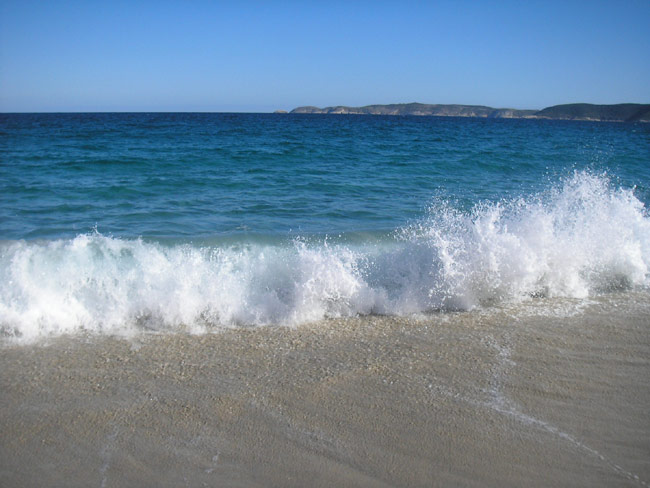The Energy Debates: Power from Flowing Water

Editor's Note: "The Energy Debates" is a LiveScience series about the pros, cons, policy debates, myths and facts related to various alternative energy ideas. We invite you to join the debate by commenting directly on each article. The Facts Hoover Dam and other imposing structures are what often pop into our minds when we think about deriving electricity from water. But novel "hydrokinetic" technologies seek to generate power without blocking the flow of water. Commonly, hydrokinetic devices "are like windmills underwater," said Douglas Hall, program manager of the water energy program at Idaho National Laboratory. Flowing water from rivers, ocean currents, tidal streams and artificial waterways such as canals can drive rotors in turbines to generate electricity, just as breezes drive rotors on wind farms. "The rotors are supposed to turn slowly enough so that you don't have to worry about chopping up aquatic life," he added. The other class of technologies at times included with hydrokinetic devices seeks to draw power from waves. These wave-energy converters behave like pistons — waves force buoys or some other floating object up and down, and these motions drive turbines, generating electricity. The current poster child project for hydrokinetic electricity is the array of six turbines powered by tides in New York's East River, which altogether could generate up to 10 megawatts, enough to power nearly 8,000 homes, according to its developer, New York-based company Verdant Power. When it comes to wave power, the world's first commercial wave farm opened in September in Portugal, with capacity for 2.25 megawatts, enough to meet the electricity demands of more than 1,500 Portuguese homes. Wave power can potentially generate 10,000 to 20,000 megawatts for the United States, while hydrokinetic power from tidal flows could produce at least 12,800 megawatts, according to the Electric Power Research Institute, a Palo Alto, Calif.-based nonprofit research group. "And that figure regarding power from tidal flows was just from prime spots — nobody has a comprehensive assessment of all tidal estuaries along the U.S. coast, or has done one for ocean currents or constructed waterways or natural streams," Hall said. Pros
Hydrokinetic power is renewable and does not release airborne pollutants or greenhouse gases, unlike fossil fuels. Also, unlike wind and solar power, hydrokinetic energy can provide continuous power that utilities can depend on any time of day. "Wind and solar both have problems integrating into the power grid because of their variability," Hall explained. In addition, unlike wind farms, which some might consider an eyesore, hydrokinetic power "is something that you can't even see — it's all below the surface," Hall said. Cons
Hydrokinetic devices are not as well developed as solar or wind technologies. "Hydrokinetics is 15 or more years behind wind power," Hall estimated. Any environmental impact hydrokinetic technologies might have remains uncertain. While these devices do not block the flow of water as dams do, "it's not clear what the impact of putting 100 of these turbines down might have, what it might do to the river flow or affect the stream bottom," Hall said. In addition, any time devices are deployed in water, a number of issues pop up, Hall added — saltwater can wreck metal, or sea life can clog up turbines. In addition, the energy then has to be carried back to land, which could be tricky, said energy analyst Laura Wisland at the Union of Concerned Scientists, a science advocacy group. What do you think?
- Vote: The Best Alternative Energy Idea
- Innovation: Ideas to Power the Future
- Whatever Happened to Wave Energy?
- How Crazy Ideas Could Power the Future
Sign up for the Live Science daily newsletter now
Get the world’s most fascinating discoveries delivered straight to your inbox.










